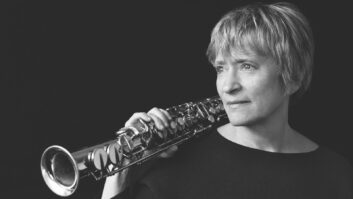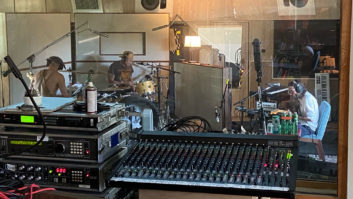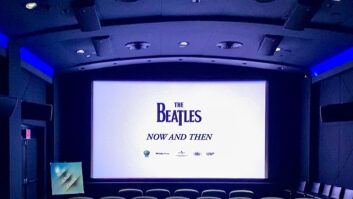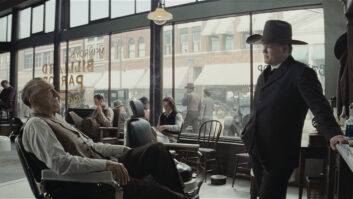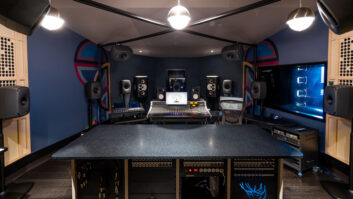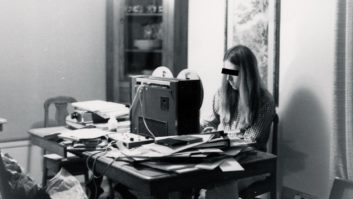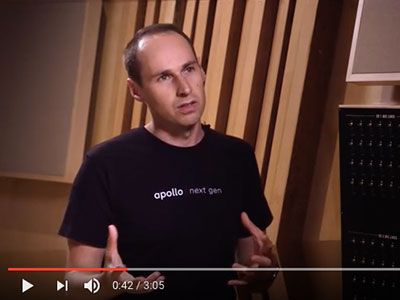
In any recording studio, noise is a feared enemy. Of course, you have to keep noise out of your recordings but you also need the quietest possible space for mixing and mastering. Every nuance is important, and extraneous sound can cause an error in judgment. Whether you have a commercial studio or a one-room project studio, you must get noisy computers and hard drives out of your mixing environment.
There are two widely used solutions—(1) isolate all computers, hard drives, and other noisy devices in a remote machine room, or (2) stash them in large, noise-proof, ventilated isolation boxes within the control room. Both approaches have challenges.
The Machine Room Connection
If you opt for the machine room, you have to connect your audio/MIDI interface, monitor, keyboard, and mouse—increasingly via USB or Thunderbolt because FireWire is fading away—to a remote CPU as much as 50 meters (164 feet) away. But with conventional copper cables, cable length is severely limited. With USB 2.0, you can run cables up to 5 meters (about 16 feet, 5 inches), and USB 3.0/3.1 is limited to 3 meters (about 9 feet, 10 inches). You can achieve longer USB runs with KVM switches or USB extenders but each adds a layer of technology. Thunderbolt is limited to 3 meters over copper cable and cannot be extended at all.
Fortunately, Corning’s recent introduction of optical USB and Thunderbolt cables has dramatically changed the situation. With Corning optical cables, you can run up to 50-meter cable runs for USB and up to 60-meter cable runs for Thunderbolt, without added switches or extenders. Here, at last, is a simple, elegant way to achieve long USB cable runs—and the only way to achieve long Thunderbolt runs.
Optical Cable is Best in the Long Run
Scotts Valley, California-based Universal Audio is a legendary manufacturer of cutting-edge professional audio recording hardware and software, including coveted Thunderbolt and USB audio recording interfaces. To ensure their interfaces, software plug-ins, and other products meet or exceed their customers’ demanding standards, UA’s Studio 610 recording studio and test lab was designed to eliminate fan and machine noise in its two control rooms. To this end, the UA team ran Corning optical Thunderbolt cables from both control rooms back to a central machine room. One cable run is 30 meters (about 98 feet), and the other is 60 meters.
In each control room, the optical cable from the machine room connects to a Thunderbolt 2 dock, which acts as a hub. The docks have breakouts for HDMI, USB, and additional Thunderbolt connections. These docks feed UA’s Apollo Thunderbolt 2 audio interfaces and a computer keyboard, video monitor, and mouse. Thus, a single Corning optical Thunderbolt cable is a complete solution for connecting each control room to the machine room.
“If we hadn’t used Corning optical cables, our only option would have been to put the computers in the control rooms and use isolation boxes to contain the noise,” said Universal Audio Director of Product Management Lev Perrey. “Iso boxes are a pain because they’re big and bulky and take up a lot of space. Our control rooms are not huge, so anything that leaves us more space for people is a plus. Corning optical Thunderbolt cables made the difference for us.”
For more information on optical cables by Corning see here.
